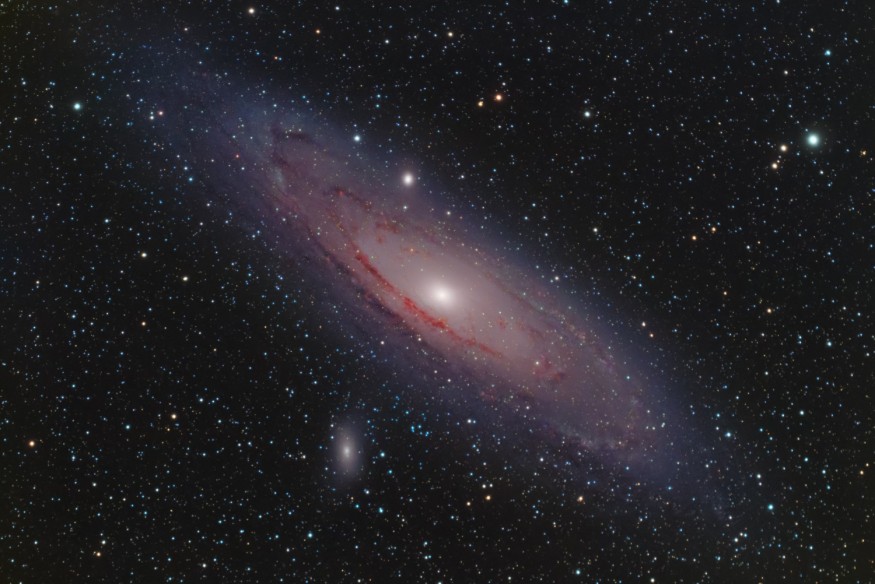Many lay in their beds at night wondering how old is the Solar System and how long will it lasts. Luckily a recent study is here to put your minds at ease. According to recent calculations, the Solar System will remain for at least another 100,000 years.
Calculating the Life of the Solar System: 100,000 Years of Stability

In a recent preprint study published in ArXiv, titled "A Computer Assisted Proof For 100,000 Years Stability Of The Solar System" Angel Zhivkow and Ivaylo Tounchev, mathematicians from the University of Sofia, Bulgaria have laid out analytical proof of the Solar System's stability over the next 100 millennia, including all of the eight major planets and Pluto.
Their calculations, although yet to be peer-reviewed, show that the orbits of these celestial bodies are not going to drastically vary over a period of time. Though it may seem strange, especially since the Solar System has been around for about 4.5 billion years. However, it is in fact an easy model for predicting what the celestial bodies are going to do in the future.
Studies in the past have been conducted to try and predict the future of the Solar System, using advanced computer analytics to model the motions of each planet over millions or billions of years. On the other hand, to model such a long timescale, experts have to leave out some fine details.
Despite Zhivkov and Tounchev's work covering a much shorter time period than others, it increases the reliability of the results thus far.
ALSO READ : Australia's Historic Rocket Mission Seeks Source of X-Rays Coming From the Inner Galaxy, NASA Says
The Fate of the Solar System
The ultimate fate of our Solar System has perplexed scientists for generations. It was Isaac Newton who first proposed that mutual interactions between the celestial bodies would eventually drive the Solar System into pure chaos. The long-time dynamical stability of our planetary system has been grist ever since.
This is because since more bodies there are in a dynamic system, the harder it is to predict how they will behave in the future. Two bodies, locked in a symbiotic orbit, are relatively simple to mathematically predict and analyze. As more bodies are added, however, the more complex the mathematics required becomes. That's because the bodies begin to perturb each other's orbits adding to the chaos in the system. This phenomenon is known as the N-body problem.
Zhivkov ang Tounchev has developed a numerical method that translates the orbital elements of the celestial bodies, including pluto, into 54 first-order ordinary differential equations. The computer analytics, then performed the calculations over roughly 6,290,000 steps, with each step accounting for roughly six days.
The recent calculations suggest that the configurations of the osculating ellipses on which the planets orbit the Sun will remain stable for at least another 100,000 years in the sense that the semi-major axis of each planet varies within one percent or less, reports ScienceAlert.
Previous simulations have found that it will take roughly 100 billion years before the Solar System breaks apart and scatter across the universe, wherein the Sun would be truly dead.
Check out more news and information on Space in Science Times.
© 2025 ScienceTimes.com All rights reserved. Do not reproduce without permission. The window to the world of Science Times.











